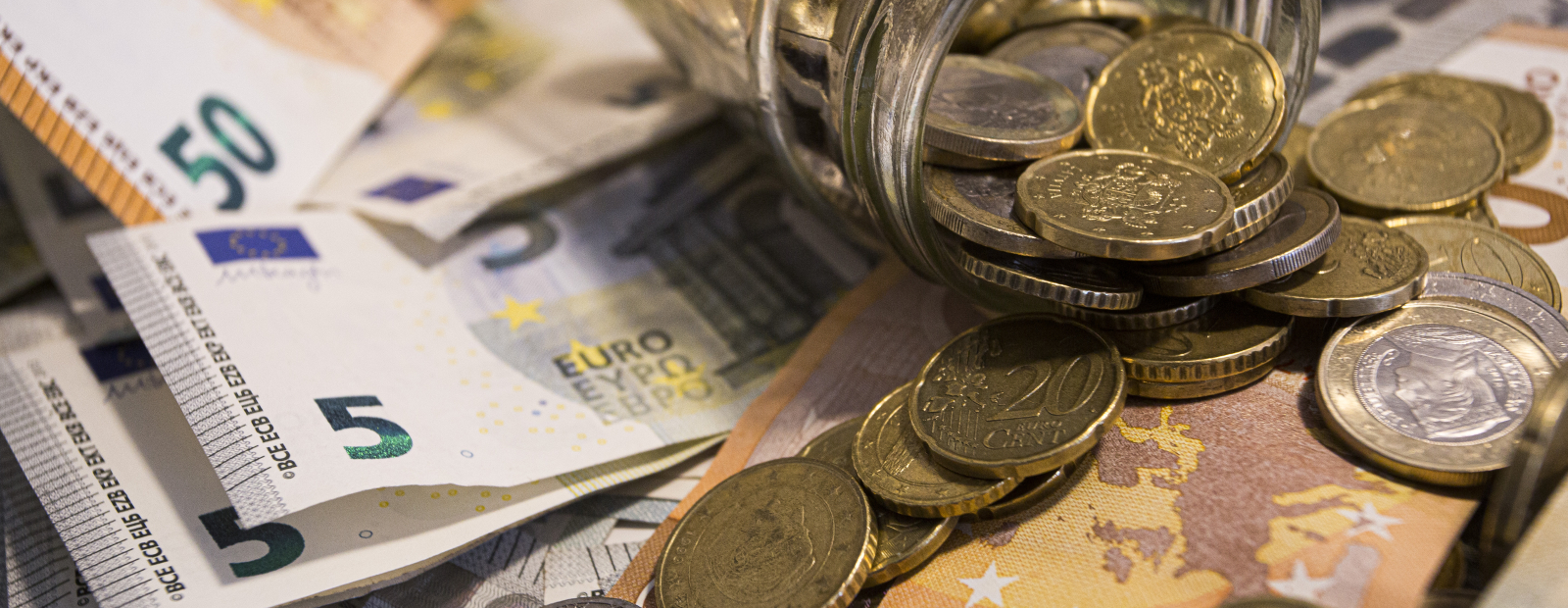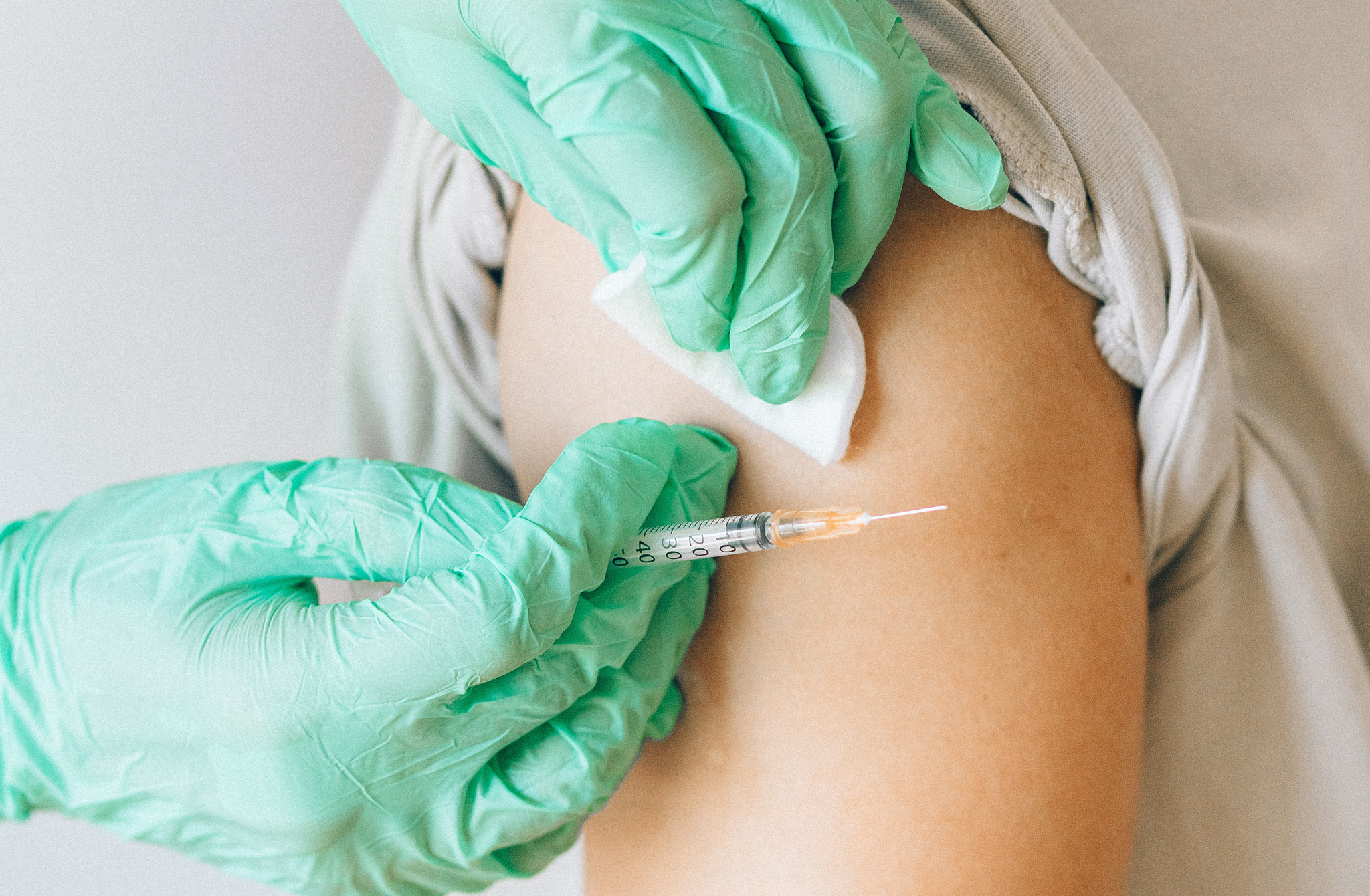Bank of Latvia economist Ieva Opmane explains that the rapid increase in energy and food prices are still relevant in Latvia, so inflation in November, compared to the period a year ago, was 21 .8%.
Although a series of government support measures for both households and business owners to cap energy prices have already come into effect in the previous months, food prices continue to rise rapidly, Opmane says. The prices of unprocessed food on the global market are rising and entrepreneurs are also increasing them, because they have to operate in an environment of higher energy resource prices and higher wages for employees.
Opmane believes lower-paid workers could be happy by raising the minimum wage in the coming years. Even if he helps to improve the purchasing power of these population groups, it should be remembered that a higher salary for the entrepreneur is an additional cost. It is no small matter that a large part of the income of the population working for the minimum wage is consumed rather than saved.
“On the one hand, it is beautiful and makes the national economy work more actively, on the other hand, if we remember the basic laws of economics, higher demand and higher costs for entrepreneurs also mean additional pressure on price increases It is also important from what sources companies will compensate for this wage increase. There are different versions: to pass on new expenses to buyers of goods and services, that is, by raising prices, or to give up part of your own profit, which in most industries, if not all, it’s still quite big in Latvia,” says Opmane.
On the other hand, looking at neighboring countries, Latvia, along with Estonia and Lithuania, is among the inflation leaders in the Eurozone. Opmane points out that the Harmonized Consumer Price Index (index of inflation used for international comparison of countries) has not yet been published for all countries, but its quick assessment suggests that Latvia could top the list with l inflation was highest for the first time since the rapid rise in prices began. High inflation is present throughout the Eurozone, but is currently felt more strongly in our country.
“Citadele” bank economist Mārtiņš Āboliņš points out that inflation in Latvia is still above 20%, however, inflation has stabilized since July and inflation in Latvia will start decreasing in the first half of next year. The stabilization of inflation does not mean that prices in Latvia are no longer rising and in November, compared to October, consumer prices in Latvia increased by 1.1%. Aboliņš emphasizes that this is still a fairly large increase in prices, however, the rapid jump in prices that we saw in the first months after the start of the war in Ukraine, according to him, has ended.
The prices of energy resources in Europe and Latvia are high, but have stabilized and are significantly lower than in late summer, despite the onset of cold weather. In Estonia, inflation has already decreased by 25% to 21%, and in Latvia, inflation will also start to decrease in the first half of next year. According to Āboliņš’s forecasts, inflation in Latvia could fall below 10% in the second half of summer next year.
The stabilization of energy resource prices is not the only sign that suggests to Āboliņš that inflation will begin to decrease in the coming months. The economist points out that pressure on prices has also eased in other sectors. For example, sea container shipping costs between Europe and China have fallen by more than 80% since January this year and are back to previous levels. Furthermore, the availability of goods has improved, inventory levels have increased significantly, while consumption is weakening due to inflation.
This means, explains Āboliņš, that the inflationary pressure on the commodity side has decreased very significantly and in some places even price drops are possible. In addition, world food prices have decreased by 15% since March, although this has not yet been reflected in Latvian shops and in November, food prices in Latvia increased by 1.7% compared to October.
Falling transport costs and world food prices are a positive sign, however, inflation trends in Latvia are still very difficult to predict, admits Āboliņš. In the coming year, the dynamics of inflation in Latvia will continue to be largely determined by the prices of energy resources. According to Aboliņš, the good news is that the risks of insufficient energy resources have decreased and natural gas reserves both in our region and in Europe are higher than expected. A rapid normalization of natural gas prices and a return closer to their previous level could even lead to a slight deflation, admits the economist. However, the energy crisis is not over and there are risks both this and next winter, when we will have to do without Russian gas completely. And now that winter has begun, the prices of energy resources are on the rise again.
At the same time, inflationary processes in the economy are no longer related only to the increase in prices of energy resources, Āboliņš emphasizes. Consumer prices in Latvia increased by 1.1% in November, compared with October, and domestic services price inflation in Latvia exceeded 10% for the second consecutive month.
Aboliņš points out that such a rapid rise in prices is not typical for November. Compared to the previous year, the prices of leisure and cultural events increased by 8.8% in November, while the prices of catering and accommodation events increased by almost 20%. Unemployment in Latvia is low and pressure to increase wages is very high, even though wages in Latvia increased by only 6.3% in the third quarter compared to the previous year.
Āboliņš explains that we cannot yet talk about spiraling wage inflation, but inflation will also be a big challenge for the Latvian economy next year. According to Āboliņš’s forecast, inflation in Latvia could be between 8 and 10% next year.
On the other hand, “Luminor Bank” economist Pēteris Strautiņš reminds us that inflation has remained at an almost constant high level for five months. According to Strautiņš, these words can be repeated for another two or three months, after which the annual rate of inflation will decline rapidly and could approach zero by the end of next year.
The rapid increase in raw material prices and the inevitable subsequent decrease will lead to a decrease in consumer prices in Latvia in the future, which will not completely erase the effect of the increase, in other words, the price level has been set at a ‘irreversibly higher orbit,’ says Strautiņš.
Recall that consumer prices are still growing on a month-on-month basis, they were 1.1% higher in November than in October. If until now three cost items – food, lodging and transport – were equally “sinful” in raising the cost of living, now the importance of the latter is rapidly diminishing. The fall in energy market prices is reflected more rapidly in transport costs, there is greater inertia in the prices of energy consumed in homes, as well as the impact of the still poorly functioning European gas market. The difference between monthly inflation and its historical norm narrowed sharply in October, but widened again in November. The impact of food and housing costs was equal in November, accounting for 15 percentage points, or more than two-thirds of the total price increase.
Meanwhile, there is already a wave of falling laundry production costs around the world, Strautiņš points out, noting that it has intensified like an avalanche over the past month. One reason is the natural reaction of markets to excesses: with high prices, supply increases, demand decreases, and sooner or later the market always fixes everything. Another reason is not so pleasant: the world economy is sliding into recession.
Strautiņš informs that the “S&P GSCI” commodity index in euro terms decreased by 14.4% during the month, while the “Freightos Global” container index decreased by 24.8%. Due to the diversity of its products, the steel market is not reflected in the commodity indices, but the price of this metal, which is particularly important for the world economy, has completely normalized, returning to the level of the end of 2020, with prices of individual products down by more than half compared to the level of last year’s fall. Through the costs of equipment, vehicles and construction, the impact of these prices reaches the most diverse sectors of the consumption basket.
The prices of goods and services crucial to world industry literally exploded already at a time when there was still consumer price deflation in Latvia, which continued until February 2021, Strautiņš explains. Currently, these nodes of the global economic machine, hidden from the eyes of consumers, which have been the epicenter of the inflationary earthquake, are creating the opposite – deflationary – energy whose waves are already pouring into the wallets of buyers. Inflation can currently be compared to a tree, which from the outside looks mighty and immovable, but its core is already hollow, Strautiņš believes.
According to him, one must arm himself with patience and critically evaluate the offer of producers and service providers. With real gross domestic product (GDP) growing about 2% this year, the purchasing power of wages has fallen by about a tenth, but corporate profits have increased. Apparently, in the midst of rapid changes, consumers accepted price increases uncritically, the ideas about reasonable costs formed in their minds during the previous decade of price stability were shattered, and now is the right time to start restore them, believes Strautiņš.
“At a time when food commodity prices have been falling for six months and energy prices have also retreated from their peaks, consumers have a right to expect that prices in stores will at least not continue to rise. There are many ways to fight inflation, for example, by adding to the range of cooking skills and being prepared to change the choices already in the shop, depending on the reasonableness of the prices of the products available. Rocking the inflation tree which is already been eradicated in a friendly way to all consumers, a strong crack will be heard at some point,” says Strautiņš.


